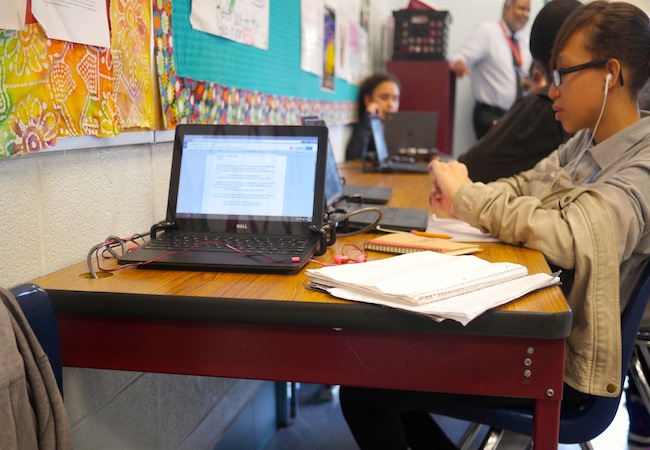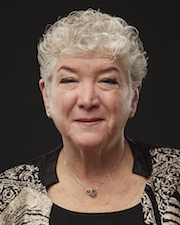Making the most of digital tools in your teaching
July 7, 2016
Bobbi Kurshan helps educators take the crucial step from using technology in a learning environment to using it to design a learning environment.
Educators have more access to computers, software, and apps than ever before. But many aren’t taking the crucial step from using technology in a learning environment to using it to design a learning environment.
Bobbi Kurshan, Executive Director of Academic Innovation @ Penn GSE, believes becoming a technology-fluent educator means more than knowing a few classroom apps. As students learn in Penn GSE’s Virtual Online Teaching Certificate Program (VOLT), technology can be a core part of their practice.
Here are a few ideas for making better use of digital tools:
Optimizing teaching with tech
As educators, we strive to create schools and classrooms that foster deeper learning. That often means more — and better — collaborative work, and more lessons built around completing projects and solving problems. But classroom dynamics can often become the biggest obstacle to these approaches. In a class of 30, how do you stay engaged with six groups at once? How do you continue the learning opportunities presented in a project when a class won’t meet again for a few days? How do you make sure students are doing their share of work, and truly mastering material?
This is where technology can be your ally.
Beyond the bell
Let's use Google Docs — a simple and free app that’s accessible on any device to anyone with an internet connection — to illustrate integrating a tech tool. By moving a group’s work discussion online, the discussion is no longer limited to a class period. And students who are less confident speakers can provide thought out responses without having to speak out loud in class.
This extended conversation is another way for educators to challenge students to tease out the answers to problems. Since Google Docs tracks who does what, teachers can track how students’ work developed and obtain a better understanding of each student’s learning progression, thought processes, and possible misconceptions.
Teachers can also post external links onto Google Docs, making it possible for students to explore additional resources, videos, and websites related to the topic, which is invaluable for teaching and learning difficult topics.
Creating a learning community
The challenge for any teacher is that a list of the best teaching tech is likely to be outdated by next year. That’s why it’s important for today’s educators to deeply understand what makes a good tool for learning – and connect with like-minded educators. In addition to teaching the ins and outs of learning science in VOLT, we help our students create ongoing communities to share knowledge. For example, students share reviews of online resources they’ve used in their school or classroom. These learning communities are designed to last well after the program is finished.
Think about iPads. Six years ago, they were a new toy for Apple devotees. But it didn’t take long for educators – and some entire school districts – to find uses for them in classrooms. Now imagine what tools teachers will be using six years from now. It’s possible that augmented reality, virtual reality, and machine learning may all be regular tools in lesson plans. The key to keeping up won’t be mastering every new program, but learning how to figure which options work for your classroom.



